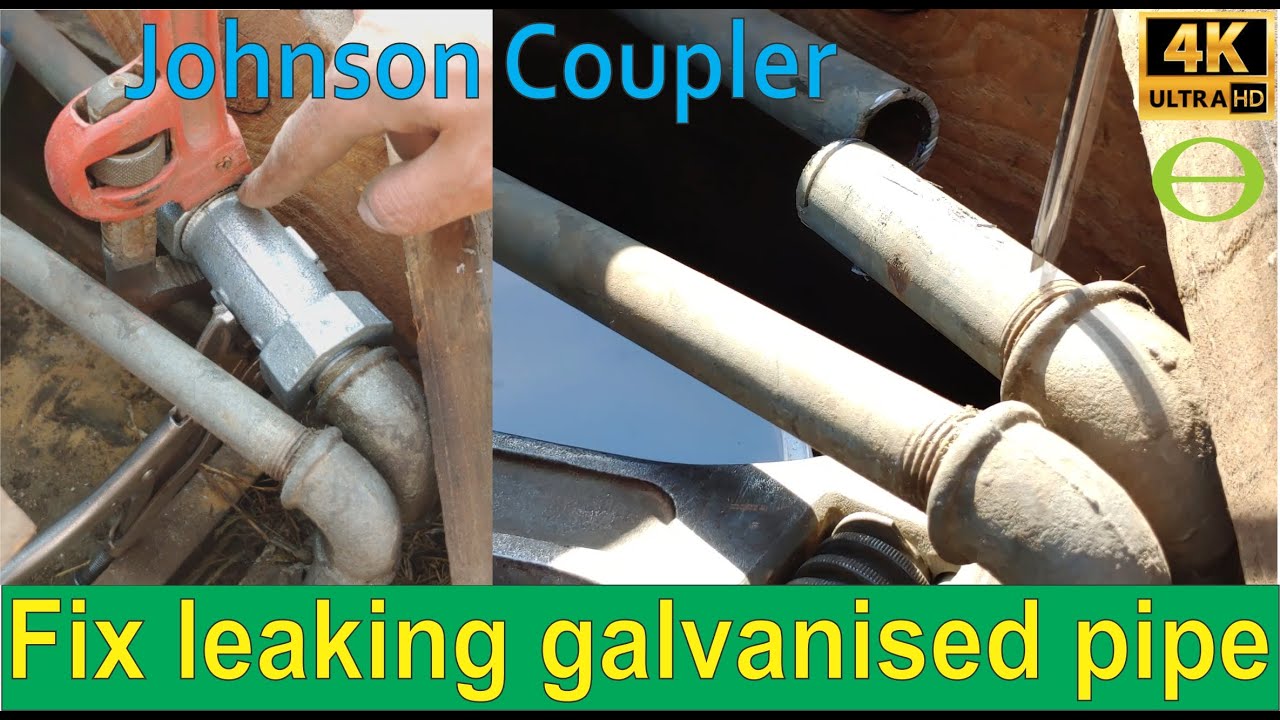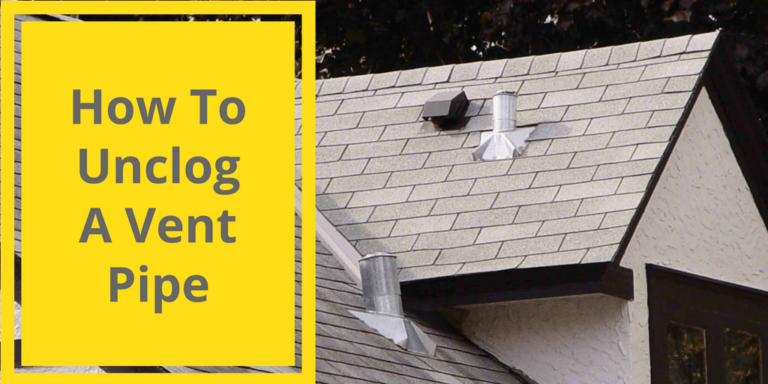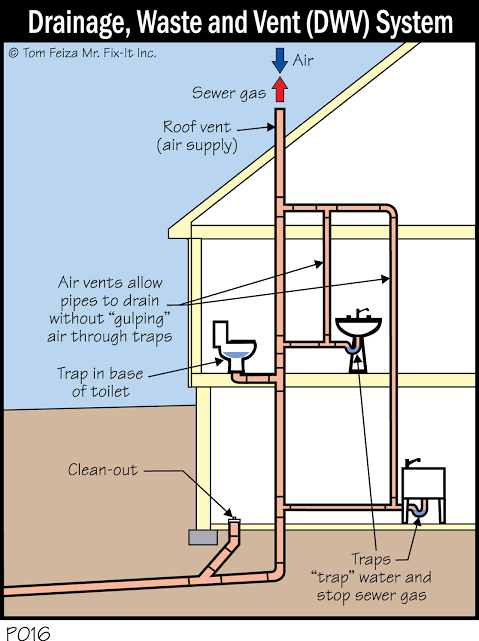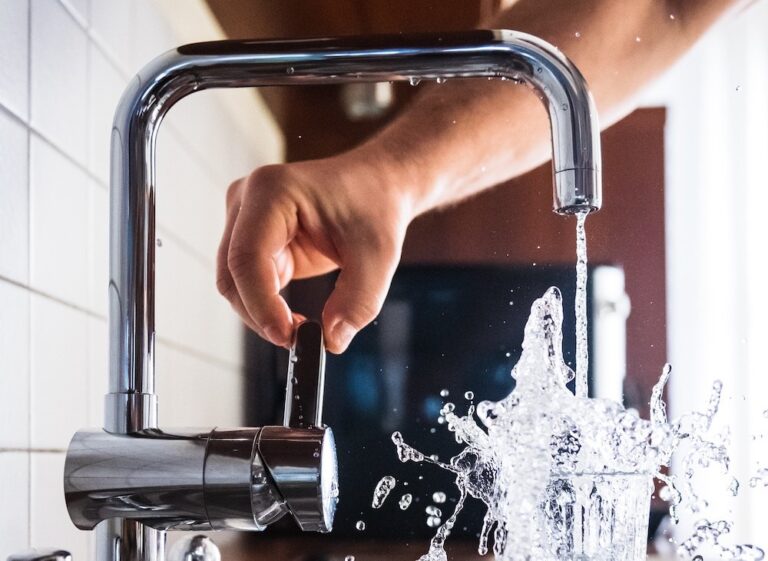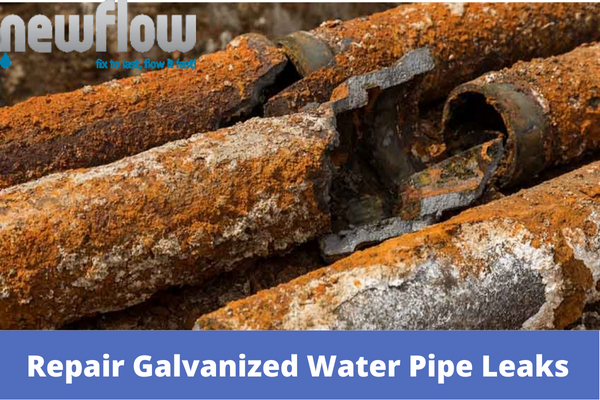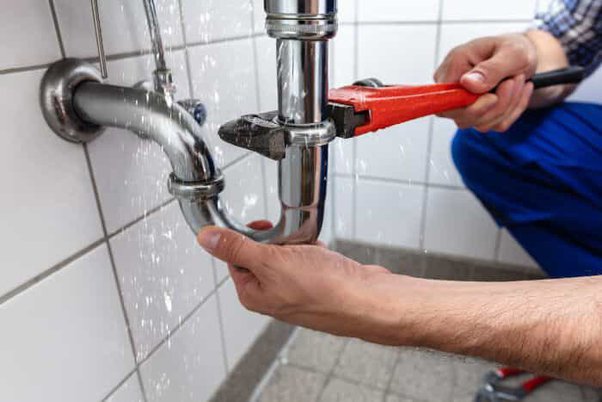How Do You Fix A Metal Pipe?
Fixing a metal pipe is not a difficult task and can be done with some basic tools and supplies. Depending on the type of pipe and the extent of the damage, the repair process can vary. Generally, fixing a metal pipe involves repairing the damaged section and then resealing the pipe to prevent further damage. By following the steps below, you can easily fix a metal pipe.
Identifying the Damage
A metal pipe can be damaged by various factors, such as corrosion, wear, and fatigue. In order to determine the best way to fix it, the source of the damage must be identified first. If corrosion is the cause, the pipe should be treated with a rust remover or a rust inhibitor to reduce further damage. If the damage is due to wear and tear, the pipe should be inspected and replaced if necessary. If fatigue is the cause, the pipe should be reinforced with a metal sleeve, brackets, or other reinforcements. Once the damage has been identified, the appropriate repair method can be chosen.
For corrosion damage, the pipe should be sanded and sealed with a protective coating. For wear and tear damage, the pipe should be replaced. For fatigue damage, the pipe should be reinforced with metal sleeves, brackets, or other reinforcements. Additionally, the pipe should be examined for any signs of other damage, such as cracks, leaks, and deformities. Once all of the damage is identified, the repair should be done according to the manufacturer’s instructions.
When repairing a metal pipe, it’s important to remember to wear protective gear, such as gloves and protective glasses. Additionally, the repair should be done in a well-ventilated area and all tools should be properly maintained and stored when not in use. With proper diagnosis and repair, a metal pipe can be safely and efficiently fixed.
Locating the Leak
Fixing a metal pipe requires you to first identify where the leak is originating from. If the leak is visible, you can easily locate it and have a better idea of what type of repair is needed. However, if the leak is not visible, you may need to conduct a few tests to pinpoint the source. One of the most common methods is to use a pressure tester. This device can help you locate the area where the leak is coming from. You can also use a stethoscope to listen for the sound of a leak. If the leak is not audible, you can use a smoke test or a dye test to identify the location of the leak. Once you have identified the source, you can then proceed with the repair.
Preparing the Pipe for Repair
Fixing a metal pipe requires some preparation before beginning the repair process. First, you’ll need to identify the source of the leak and shut off the water supply to the pipe. Next, you’ll need to drain the pipe, either by removing the cap or using a plunger to force out the water. Once the pipe is empty, you’ll need to clean the area around the leak, taking care to remove any dirt or debris that could impede the repair process. Finally, you’ll need to sand the area around the leak in order to provide a smooth surface for the repair materials to adhere to. With the pipe prepared, you’ll be ready to begin the repair process.

Applying a Repair Patch
Fixing a metal pipe can be tricky. The first step in fixing a metal pipe is to determine the cause of the issue. If the cause is a simple crack, applying a repair patch is the most efficient way to fix it. Repair patches are designed to cover any holes or cracks in the pipe. They are made of strong metal and typically come with adhesive backing, allowing them to be easily applied.
Before applying a repair patch, it is important to clean the pipe thoroughly. Any dirt and debris should be removed so that the patch will adhere properly. Once the pipe is clean, the patch should be placed over the hole or crack and firmly pressed down. It is also important to ensure that the patch is securely fastened to the pipe.
Once the patch is applied, it is important to check for any leaks in the pipe. If a leak is found, the patch should be reapplied or sealed with a sealant. In some cases, it may be necessary to replace the pipe entirely.
Applying a repair patch is a simple and effective way to fix a metal pipe. By following the above steps, you can ensure that the pipe is properly repaired and that no further damage is done.
Reinstalling the Pipe
Pipes are essential components in any plumbing system. When a metal pipe is damaged, it can be a difficult task to fix it. Fortunately, there are a few different methods that can be used to repair a metal pipe. One of the most reliable and effective solutions is to reinstall the pipe. This involves removing the old pipe, replacing it with a new one, and reconnecting the pipe to the water supply.
Reinstalling the pipe is not a complicated process, but it does require some skill and knowledge in order to do it correctly. First, the old pipe must be removed. This can be done using a pipe wrench, or it can be done by cutting the pipe with a saw. It is important to be careful when removing the old pipe, as it can be easily damaged.
Once the old pipe is removed, the new pipe must be installed. This involves connecting the new pipe to the water supply, as well as ensuring that the pipe is properly secured. It is important to make sure that the pipe is fitted correctly, as any mistakes could result in a leak.
Finally, the pipe must be tested to ensure that it is working correctly. This can be done using a pressure gauge or by running water through the pipe. If the pipe is in working order, it is ready to be used.
Reinstalling a metal pipe can be a difficult task, but it is important to ensure that the job is done correctly. With the right tools and some knowledge, it is possible to reinstall a metal pipe and get it working as good as new.
Testing the Repair
Once the metal pipe is prepared for repair, the next step is to test it. The best way to do this is with a pressure test. This involves filling the pipe with water and pressurizing the pipe to ensure it is sealed correctly. It is important to be cautious when doing this, as too much pressure can damage the pipe further.
If the pressure test succeeds, the pipe is ready to be used again. If the pipe cannot handle the pressure, it may need to be replaced. If the pipe is to be replaced, it is important to take the time to properly measure the area and find the right size pipe for the job. Once the new pipe is installed, it should be tested again to ensure it is installed correctly and ready for use.
Metal pipe repair can be a tricky process, but with the right tools and knowledge, it can be done correctly and safely. It is important to follow the steps outlined above and ensure that the pipe is tested properly before use. Doing so can help to ensure a successful repair and can help to prevent further damage to the pipe.
FAQs About the How Do You Fix A Metal Pipe?
Q: What tools do I need to fix a metal pipe?
A: The tools you will need to fix a metal pipe depend on the type of fix you are attempting. Generally, you will need a wrench, a hacksaw, a pipe cutter, a pipe bender, sandpaper, and a sealant.
Q: How do I know when a metal pipe is in need of repair?
A: If you see any signs of corrosion or damage on the metal pipe, it is likely in need of repair. Additionally, if you notice any leaking or clogs in the pipe, it may be time for a repair.
Q: What is the best way to repair a metal pipe?
A: The best way to repair a metal pipe is to replace it with a new pipe, if possible. If a complete replacement is not possible, then patching the pipe with a sealant is the next best option.
Conclusion
To fix a metal pipe, it is important to take the time to properly identify the problem and the type of metal pipe. Once the problem is identified, the appropriate repair method can be chosen. The repair method may include soldering, welding, epoxy patching, and other methods. Depending on the severity of the issue, a professional plumber may be needed to ensure the repair is completed correctly. With the right tools and knowledge, a metal pipe can be fixed and restored to its original state.

